glvaca
Posts: 1312
Joined: 6/13/2006
Status: offline

|
quote:
ORIGINAL: Mehring
quote:
ORIGINAL: cherryfunk
quote:
ORIGINAL: Mehring
Some of the changes, like the cost of fortification are steps in the right direction but we need roads, port capacity, double and single track rail, supply stockpiling to make attacking possible.
But then we also need the ability to lay new rail, and distinctions between hard and dirt roads, and density of road networks, no? I don't necessarily disagree with your point, but if the logistics modeling becomes too complex the game risks becoming unplayable for some of us. That said, perhaps there are simple and intuitive ways to handle these issues, but it would take some very skillful game design to realistically model East Front logistics in a way that doesn't drive players to hair-pulling frustration...
I don't know if you're familiar with the Operational Combat System (OCS), but it's a board game with, given the medium, a pretty good logistics system. It has all the disadvantages of board games but it works pretty well. One of the good things about computer games, and many aspects of this game are testament to it, is that the computer (and programer) does the hard work while gamers do the gaming. Complex calcualtions are done in seconds without bothering the player.
There's been much discussion about road type and density. Personally, I'm not for trying to replicate all the detail of the OCS road net at a game of this scale but roads were a vital feature of the operational level.
There are some features of the game which are already present but in an undeveloped way. Two examples-
The three types of supply are, potentially, a better logistics solution than the two types in OCS. But there's something wrong with its production, transport and the effects of (not) having enough of it. Attention to how this works, and in the different relations of attack and defence, could greatly improve logistics probably without adding anything radically new.
There is the mechanism for employing captured equipment but the levels at which the game does this are both ahistorically low and virtually pointless in game terms. Why have the mechanism and not use it?
You have a lot of praise for the OCS supply system but it's not all sunshine and glory. How about having so little supply that you can't even fuel your panzer divisions for turns (3d per turn) on end. While foot can just march along when in trace supply which is also very easy to have. not very historical either.
The big difference with OCS and why, it plays so fluently versus more stagnation in WitE, is the map scale difference. For each WitE hex, you have 4 OCS hexes (15 miles versus 5km). Its just not possible to have a coherent line from the top down everywhere. To aggrevate this you are at very simular unit "order" lots of Div. and only the panzer and tank/mech and some other formations are slit in regiments and battalions. Add to this that the maximum stack per hex is slightly higher (not counting Rifle Corps) than WitE and defending is much harder in OCS.
I really don't think you can compare the two. I'd certainly buy an Empire eddition of WitE with 4 hexes per hex now  
Regarding the 1:2 rule, here too the scale of the game is a bit too high to accurately follow history. While the Germans certainly at times retreated before an assault of the Sovs. I haven't found any example that Panzer divisions were thrown back 15miles by a Russian attack up until September 1941. Ther eis one counter offensive in late August when Konevs 19th Army pushed back and mauled serveral Germans divisions, and beat back a counter attack by the 7th Panzer, even then they advanced only a few km.
My hunch is that perhaps it would have been better to modify the combat engine to produce more losses for the Germans at lower odds, but without retreats. But I'm certainly not complaining as things are changed now.
Let's see how it goes. About to go into one Winter with the Russians and one with the Germans, will be interesting to see it both ways.
|
 Printable Version
Printable Version

 , but there is a tendency in this forum to accuse anybody who has an contrary opinion as a "fan" of either camp. FWIW, I am not an Axis or Soviet "Fan," rather a fan of a historically accurate good game which affords the players an opportunity to determine the outcome based on relative skill levels and a modicum of luck. I play either side with equal intellectual curiosity and enjoyment. Since there were doctrinal differences in Axis versus Soviet tactics and strategy, the game developers made a brilliant attempt to reflect this in the CRT. Only a few games have had the ambition to attempt such a methodolgy to reflect doctrinal difference - Red Star Rising comes to mind. Once again, I think there are enough variables in the final CV calculations to make them dynamic and variable over time to effect needed game balancing changes. To evoke mythical doctrinal changes which occur at a magic point in time simply to allow the Axis the upperhand in 1942 is just plain silly; especially in a game which uses armor thickness in combat calculations.
, but there is a tendency in this forum to accuse anybody who has an contrary opinion as a "fan" of either camp. FWIW, I am not an Axis or Soviet "Fan," rather a fan of a historically accurate good game which affords the players an opportunity to determine the outcome based on relative skill levels and a modicum of luck. I play either side with equal intellectual curiosity and enjoyment. Since there were doctrinal differences in Axis versus Soviet tactics and strategy, the game developers made a brilliant attempt to reflect this in the CRT. Only a few games have had the ambition to attempt such a methodolgy to reflect doctrinal difference - Red Star Rising comes to mind. Once again, I think there are enough variables in the final CV calculations to make them dynamic and variable over time to effect needed game balancing changes. To evoke mythical doctrinal changes which occur at a magic point in time simply to allow the Axis the upperhand in 1942 is just plain silly; especially in a game which uses armor thickness in combat calculations. 






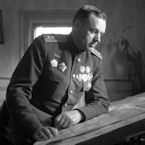




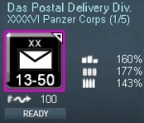



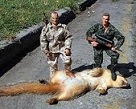

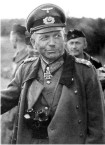


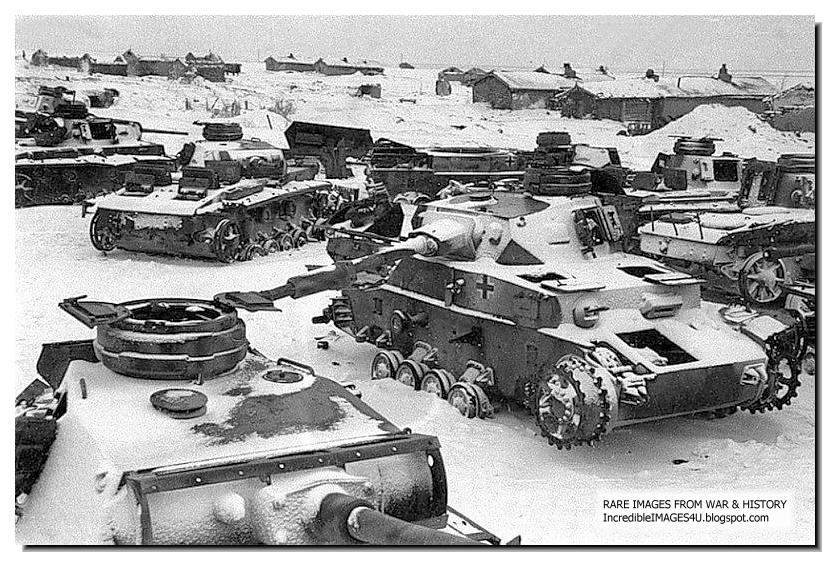




 Let the developers experiment with the formula they get it right.
Let the developers experiment with the formula they get it right.  New Messages
New Messages No New Messages
No New Messages Hot Topic w/ New Messages
Hot Topic w/ New Messages Hot Topic w/o New Messages
Hot Topic w/o New Messages Locked w/ New Messages
Locked w/ New Messages Locked w/o New Messages
Locked w/o New Messages Post New Thread
Post New Thread